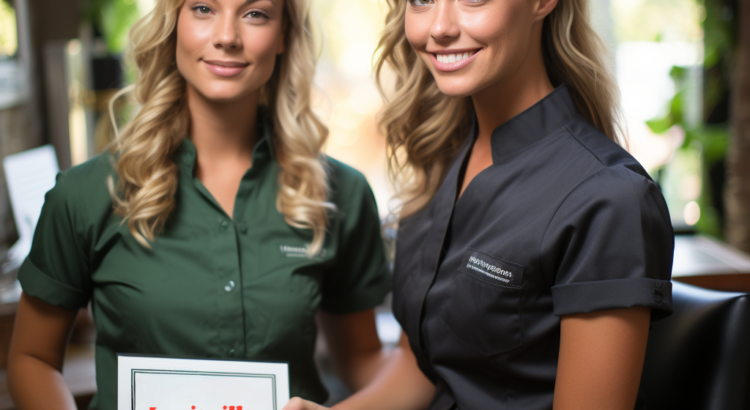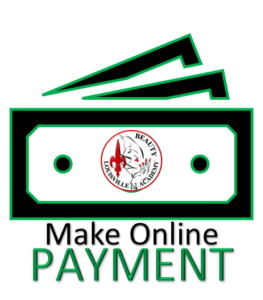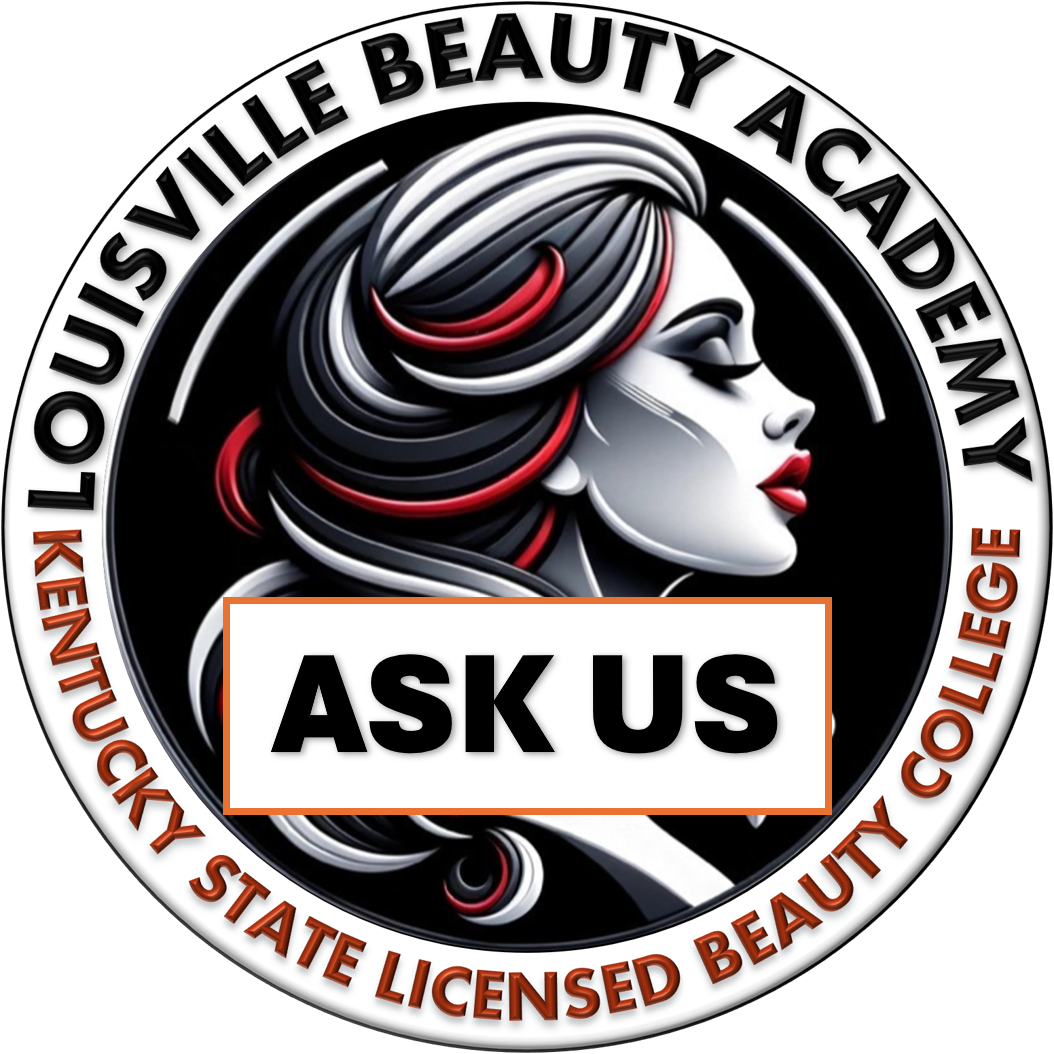In the heart of Kentucky lies a unique institution that has revolutionized the beauty industry: The Louisville Beauty Academy. More than just a school, it stands as a beacon of hope, love, and genuine care in a world often dominated by surface-level engagements. Founded on pillars of love and unwavering support for one another, this academy has successfully instilled values that go beyond mere aesthetics.
The beauty services offered by the academy, ranging from hair to nails and skincare, are not just about enhancing external appearances. They are about connecting hearts and uplifting spirits. The community of Kentucky has witnessed firsthand how the professionals from Louisville Beauty Academy have created countless smiles, turning ordinary beauty services into experiences of genuine human connection.
At the core of this institution’s ethos is the profound statement by Di Tran: “When you treat a customer, it is not the nail or hair or skincare that is the utmost important, it is the human you are treating.” These words resonate deeply with every student and staff member, reminding them daily that their work is a bridge between hearts.
The academy is not just a place to learn but a sanctuary where students feel a deep sense of belonging and safety. In its welcoming halls, they are encouraged to be their authentic selves, to express their creativity without fear of judgment, and to forge bonds that last a lifetime. The emphasis is on human connection, on seeing and valuing the person behind every service.
“Bring your heart out to meet another heart,” Di Tran often shares with his students and staff. This simple yet profound philosophy is the driving force behind every service provided by the academy’s graduates. It’s not just about perfecting a hairstyle or executing flawless skincare; it’s about touching lives, one heart at a time.
The Louisville Beauty Academy has indeed set a new standard in the beauty industry. It has shown Kentucky, and the world, that beauty is not just skin deep. It’s about love, care, and the magical connection that occurs when one heart meets another. As they continue to build beauty professionals grounded in these values, the community can look forward to many more smiles, both inside and out.







